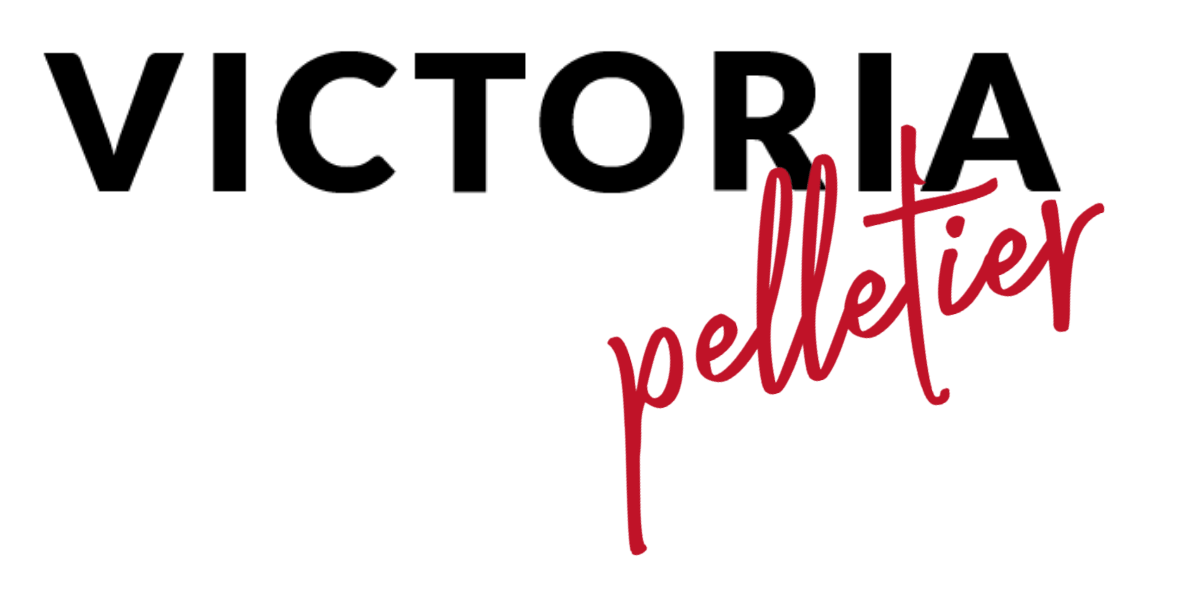
The Future of Work – The “Hybrid” Leader
A number of weeks ago, the CEO of a major NYC company informed thousands of employees that they must return to in-person work by the end of July. The hard line in the sand is surprising to me. The world has changed. While the end of the pandemic is nearing, the way many of us do our work has shifted forever. Quickly, we discovered that we could work remotely – and do it well – by leveraging technology. In fact, the absence of commutes and the various in-person distractions created efficiencies and gave us hours of precious time that many of us used to improve body and soul; we also spent the time dividends on connections with friends and family. While the data is still being tallied, I suspect that the remote paradigm elevated wellness and productivity and a greater focus on humanity in our workplaces. Now what?
Of course, some activities require in-person work. There is no way to “remote” all the tasks of manufacturing, shipping/receiving, sales, and service. Not yet, at least. However, a lot of our people can do their work remotely, heightening productivity while lowering overhead. Many organizations are well-positioned to become hybrid organizations that leverage the best of both in-person and remote options. As business leaders, we must now make a choice: Are we following the lead of “Analog CEO” and requiring that everyone return to the cubicle? Or, are we willing to morph into more humane hybrid leaders and create work environments that promote flexibility, creativity, and greater diversity, equity and inclusion? Can we create greater synergy between the focus on business performance and outcomes AND humanity?
Flexibility
Effective leaders in a hybrid environment understand that flexibility leads to happy employees. Happy and engaged employees fuel successful businesses. To do this, you need to build a culture and environment that is “built on trust and focused on outcomes” (stealing this mantra from a CHRO I recently spoke to); the reality is we should have always been doing this, but the pandemic has taught us to look at things in a very different light. If you are willing to create a flexible workforce and working environment, your first responsibility is to evaluate what worked well for your team and your business during the pandemic. Survey your people, look at your business performance and outcomes, and determine the best mix and optionality for the workforce. Give them this flexibility and, ask for theirs, as you both continue to evaluate how the new paradigm is working for everyone.
Creativity
If necessity is the mother of invention, then creativity is the offspring of invention. A hybrid workforce led by effective leaders will nourish creativity. Without the constant anxiety of commutes, office decorum, and workplace distractions, your team will be primed to produce at their creative bests. Create digital spaces to showcase this creativity. Office blogs/vlogs, digital bulletin boards, and virtual “meetups” provide the bandwidth to showcase and test drive new ideas that rise from a flexible environment.
Diversity, Equity, and Inclusion
A remote workforce can potentially deepen your organization’s diversity, equity, and inclusion movement. With the flexibility to hire anyone in the world, your organization can focus on the skills required to deliver business outcomes and tap into the creativity and perspectives of those who may be a lot different than your current team. Someone with vastly different lived experience than the majority in the organization, could transform your business by offering insights that your current team may have never considered. This said, a hybrid work environment may also have the opposite effect on your DE&I progress – early data show that women, people of colour and those of lower socio-economic positions are being forced to make decisions, regardless of hybrid optionality, about how and where they work. More women, for example, are finding the commute back into physical workplaces a significant challenge as they typically bear more of the home and childcare responsibilities – so many in-person offices are currently occupied by upwards of 70 – 80% men. Conversely, workers of certain socioeconomic position, despite their desire to work in full, or in-part, at home, cannot – they are unable to afford homes with ample spaces to work or they share their home with multiple roommates or live in large multi-generational homes, making a calm quiet workspace challenging. A strong leader understands that DE&I is enhanced in a flexible work environment, with a lens and strategy around how to create inclusion for those unable to choose a hybrid model.
So….I challenge you – what’s it going to be? Live in the management past or embrace the hybrid possibilities?



